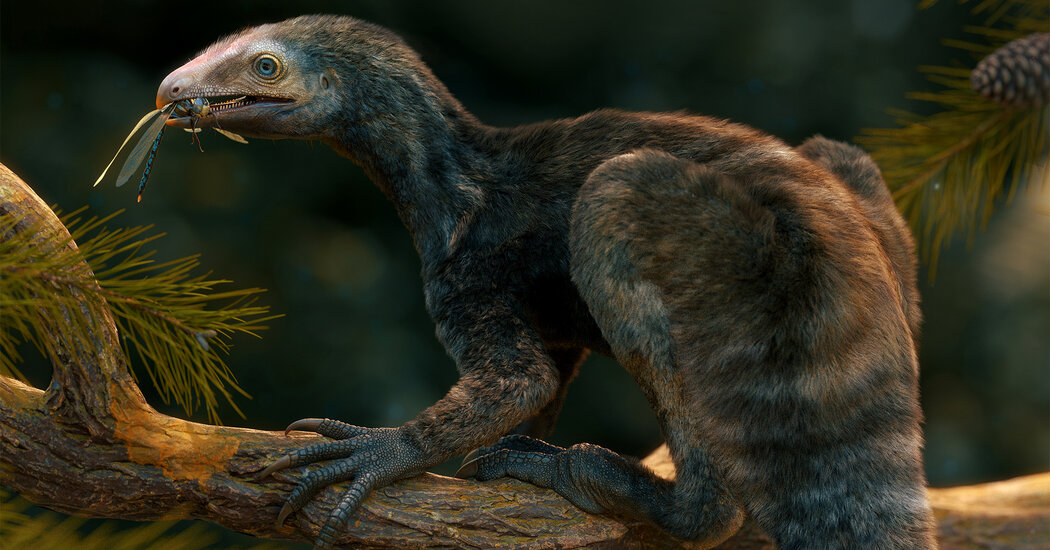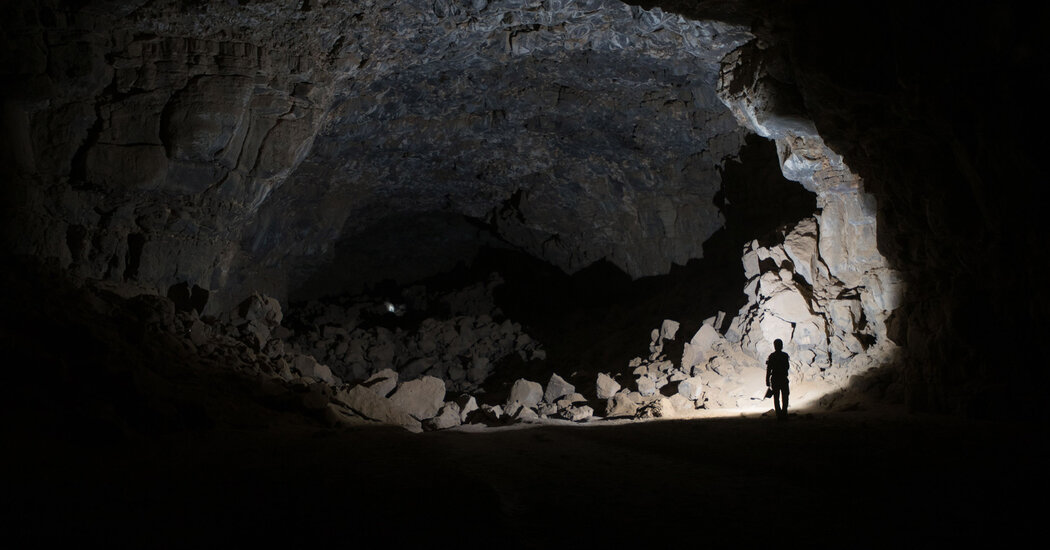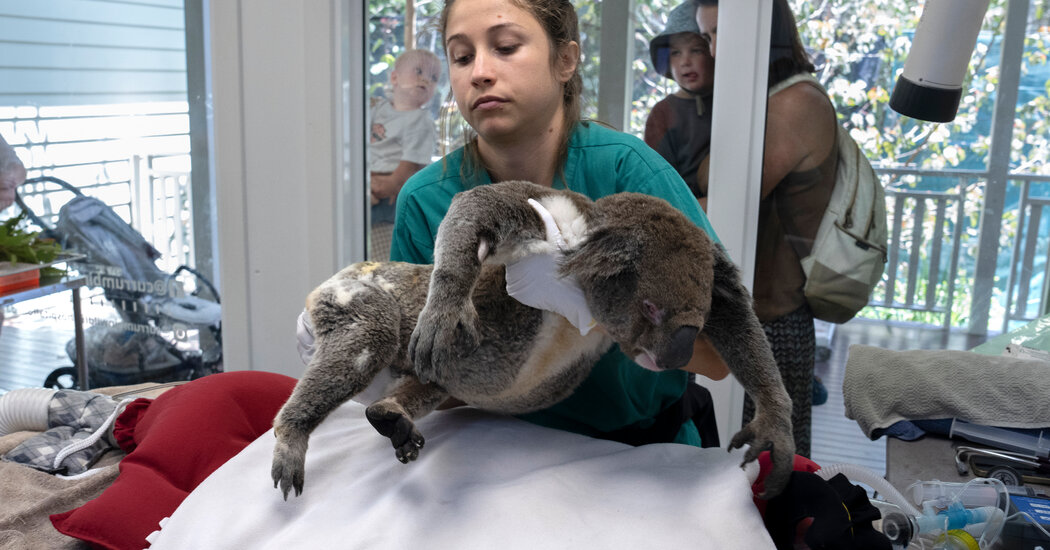

Pterosaurs, the flying reptiles that lived alongside the dinosaurs, are an evolutionary mystery. They appear in the fossil record fully formed, some with 33-foot wingspans, and there is very little evidence of the ancestors that came before them. A new fossil, described Wednesday in the journal Nature, provides an elusive glimpse of a group of reptiles most closely related to pterosaurs.
“For the first time, we are looking into the face of a pterosaur precursor, and this animal is so bizarre,” said Rodrigo Temp Müller, a paleontologist at the Federal University of Santa Maria in Brazil and an author of the study.
Dr. Müller found the fossil in 2022 while doing fieldwork in Rio Grande do Sul, Brazil’s southernmost state. He spotted a piece of thighbone in the rust-red earth, and “it was clear that it was a special fossil,” he said.
The bone belonged to a lagerpetid, a group of animals whose name means “rabbit reptile.” Lagerpetids were once considered early relatives of dinosaurs, but a study published in 2020 provided evidence that they were actually more closely related to pterosaurs.
Lagerpetid fossils are in short supply, especially the bones from the animals’ heads and hands. Dr. Müller found, in addition to the thighbone, extensive remains, including the tip of a curved beak and a nearly complete lower arm, ending in curved claws shaped like scimitar blades.
Dr. Müller said that he and his fellow paleontologists had “no idea” what lagerpetids really looked like until they found this new specimen, and that their sharp beaks and claws struck him as “very strange.”
Dr. Müller and his colleagues named the creature Venetoraptor gassenae, which nods to its place of discovery near Vale Vêneto, its raptor-like features and Valserina Maria Bulegon Gassen, who helped found the Federal University of Santa Maria’s paleontology center.
In life, 230 million years ago, Venetoraptor gassenae was about three feet long, including its tail, and weighed between nine and 18 pounds. Like many other early reptiles, its skin was most likely covered in feather-like filaments. Its hooked beak, Dr. Müller said, is “mysterious.” Similar structures in modern birds have various purposes, including tearing into flesh, attracting mates or eating fruit.
Unlike its pterosaur relatives, Venetoraptor would not have been able to fly. However, Dr. Müller hypothesizes that Venetoraptor’s large hands and curved claws could have helped it to climb trees, a behavior that may have eventually led to jumping between branches, gliding and, eventually, true flight.
Analyzing Venetoraptor’s skeletal traits and comparing them with its fellow Triassic reptiles revealed that the precursors of dinosaurs and pterosaurs were more diverse than previously thought. Dr. Müller said that the study challenges the belief that “earlier forms were simpler and fated to extinction to give space to the more evolved dinosaurs and pterosaurs.”
Emma Dunne, a paleontologist at the Friedrich Alexander University Erlangen-Nuremberg in Germany who was not involved with the study, said that when teaching, she often uses pterosaurs as an example of a fossil whose origins are murky. As such, she said, this discovery helps illuminate the pterosaur family tree.
“Any piece of evidence that we can get on this tree is adding to this really fragmentary story that we have about pterosaur evolution,” Dr. Dunne said.
Dr. Dunne, who has studied the lingering effects of colonialism on paleontology, also noted that she was pleased to see that the research was done by a team largely composed of Brazilian and South American scientists. “It’s very important to have this kind of research situated in the country that is bearing the specimens,” she said. “It keeps the knowledge filtering through those countries where it should be, and also means that collaborative networks can be much broader and more diverse.”
Dr. Müller said that as a Brazilian, he hopes “people see the importance of Brazilian fossils, in order to make the science in Brazil more relevant.”
24World Media does not take any responsibility of the information you see on this page. The content this page contains is from independent third-party content provider. If you have any concerns regarding the content, please free to write us here: contact@24worldmedia.com

Common Mistakes When Using Athletic Field Tarps

High-Performance Diesel Truck Upgrades You Should Consider

Warehouse Optimization Tips To Improve Performance

Fire Hazards in Daily Life: The Most Common Ignition Sources

Yellowstone’s Wolves: A Debate Over Their Role in the Park’s Ecosystem

Earth Day 2024: A Look at 3 Places Adapting Quickly to Fight Climate Change

Millions of Girls in Africa Will Miss HPV Shots After Merck Production Problem

This Lava Tube in Saudi Arabia Has Been a Human Refuge for 7,000 Years

Four Wild Ways to Save the Koala (That Just Might Work)

National Academy Asks Court to Strip Sackler Name From Endowment

Ways Industrial Copper Helps Energy Production

The Ins and Out of Industrial Conveyor Belts